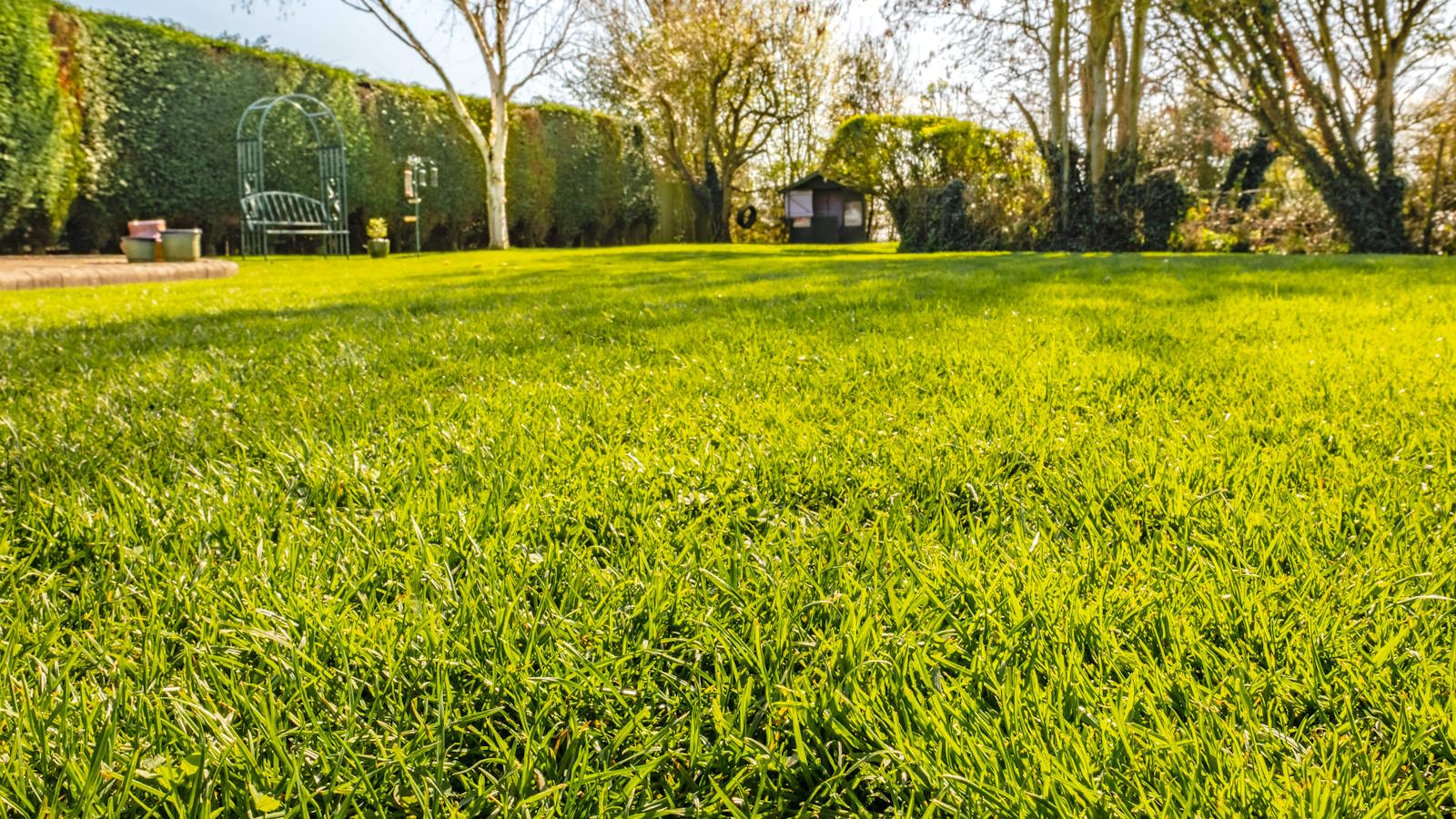
Lawns are an important part of many people’s backyards and they endure a lot of use throughout their lifetime, so it should only be expected that some areas can become uneven over time.
The reasons can vary, from natural wear and tear to issues with structure and drainage, though it can be simple to level out a lawn that has succumbed to minor bumps and undulations.
As part of your regular lawn care regime, identifying and dealing with minor level issues can help your lawn look green and thick year after year. To help understand how to level a lawn, we take a closer look at the ways you can easily fix an uneven backyard lawn.
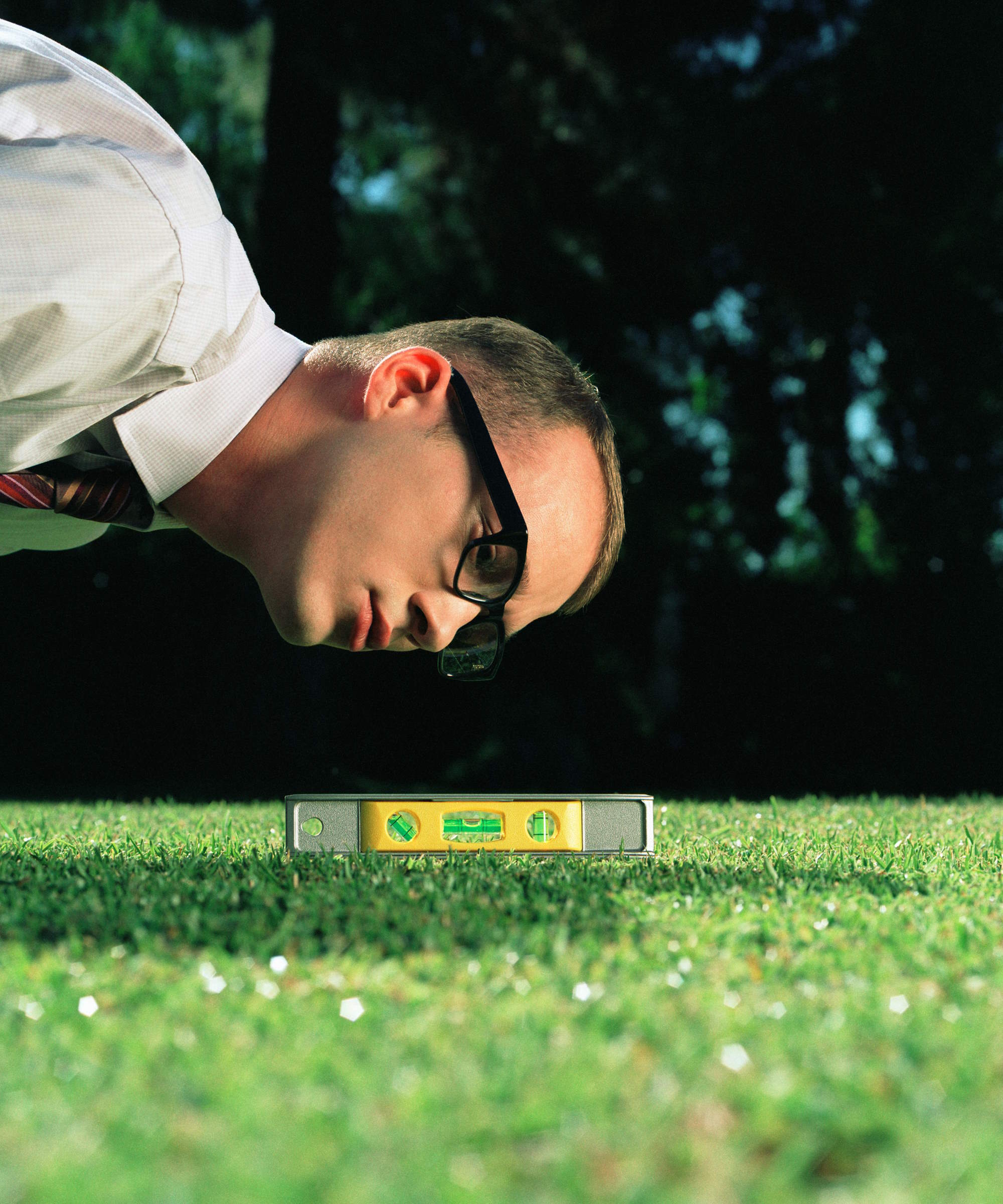
Why may it be important to level the lawn?
Levelling a lawn will enhance its overall appearance and health, so your lawn not only grows strongly and looks fantastic but can be used for all your desires during the year. An even lawn will also be easier to maintain and mow throughout the growing season.
Signs you may need to level a lawn
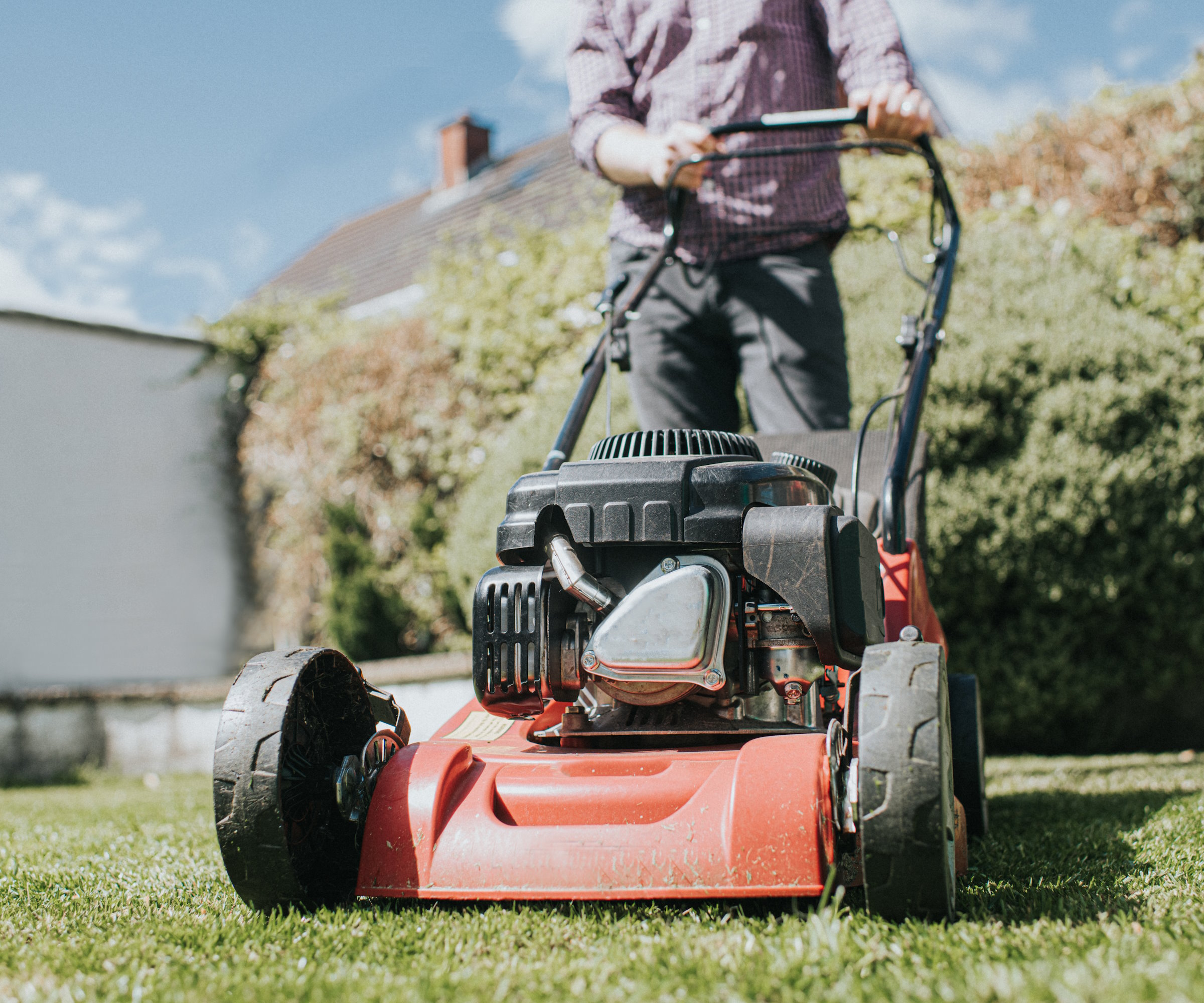
A lawn can become uneven over time due to many issues and the signs that a lawn may need levelling should be simple to identify. They may be seen when you are mowing a lawn or simply out in the garden walking over the grass.
Dan Bailey president of WikiLawn, claims: ‘You can tell you need to level your lawn if there spots that collect water or high spots that make it difficult to mow. If it's a challenge to mow the lawn in general and the blades miss an entire section because you go right over it, then it's time to level your lawn.’
The scale of unevenness can vary from mild bumps in the lawn to large-scale sloping. Fixing smaller bumps and depressions on the lawn can be a simple DIY job, however, it may be better to use lawncare or landscaping professionals to fix more severe problems of unevenness.
As pipes, drains, debris, or large rocks under the surface can affect the level of a lawn over time, such issues can be trickier to deal with and may need more equipment and experience than a usual DIY project.
When is the best time to level your lawn?
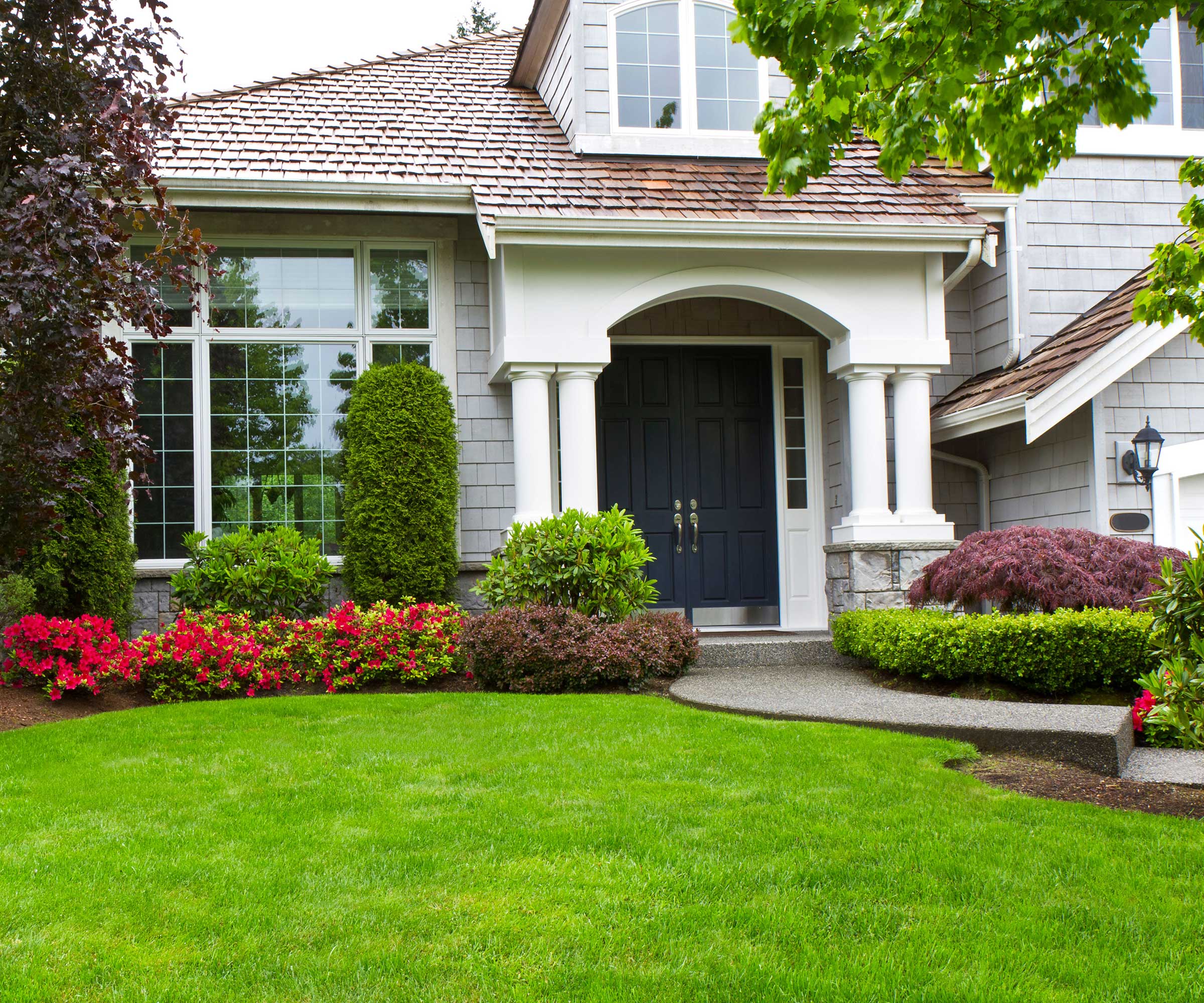
Choosing the right time of year to level a lawn ensures that the grass has time to recover from the work involved and then starts to grow quickly in the ideal conditions to fill in the disturbed areas. The optimal timing can depend on the grass type, though, for all types you do always want to wait until after the last frost for your US hardiness zone.
‘Ideally, your lawn should be levelled in early spring, after winter and right before the hotter temperatures for late spring and summer,’ recommends Chrissie Handley, a lawn care specialist working for Online Turf. ‘Most lawn prep is done at this time as the climate is optimal for lawn growth and it gives the lawn ample time to settle in and re-establish itself before the rapid growth season’
Lawns composed of cool-season grass types can also tolerate being levelled in late summer or early fall. However, the lawn may need more watering in late summer to help recover from the work.
How do you level a lawn?
Uneven lawns can be fixed at home in two different ways and both methods can be done with simple gardening tools. The method you opt for will depend on the scale of the unevenness in your lawn.
To even out undulations
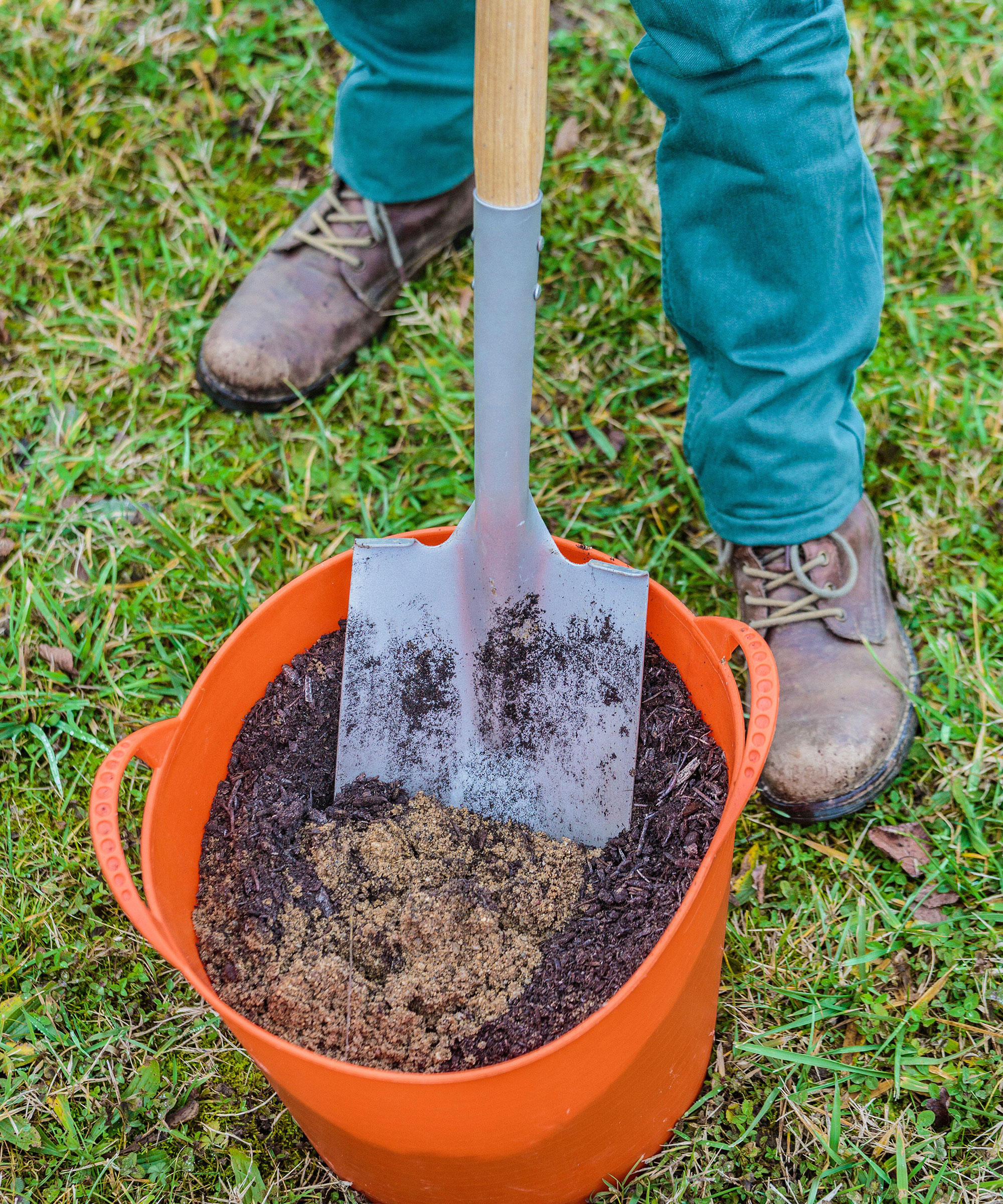
Fixing minor bumps and dips in the lawn can be simply done by top dressing directly the affected area. This simple process can improve the appearance of any lawn and the grass will quickly recover.
A bit of preparation beforehand will make the task a little easier, so give the lawn a mow to reduce the height of the grass - though do not go too low to stress the grass. Dethatching the lawn as well will reduce the amount of thatch in the grass and help ensure that the top dressing gets right down to the soil surface. The early spring window for levelling a lawn is also the ideal time to dethatch or scarify a lawn.
The ideal mix for topdressing would be comprised of 40% sand, 40% topsoil, and 20% compost. This mix should be added to the affected uneven area and levelled with a rake to match the rest of the area. The area can then be firmed down by being gently treaded, or through the use of a lawn roller.
Ryan Farley, CEO of Lawn Starter, says a lawn roller is ideal to ‘compact and flatten down the area to match the terrain around it’. He adds: ‘This is what I'd recommend for very pronounced uneven points—for smaller dips and ridges, you can sometimes use a lawn roller alone to level things out.’
After a few days, apply some grass seed over the area and keep it moist over the following days to ensure good germination to cover that affected area quickly.
A premium topsoil blend that contains rich, composted materials and sphagnum peat moss to help create an excellent environment to grow a thick, beautiful lawn
To level small depressions
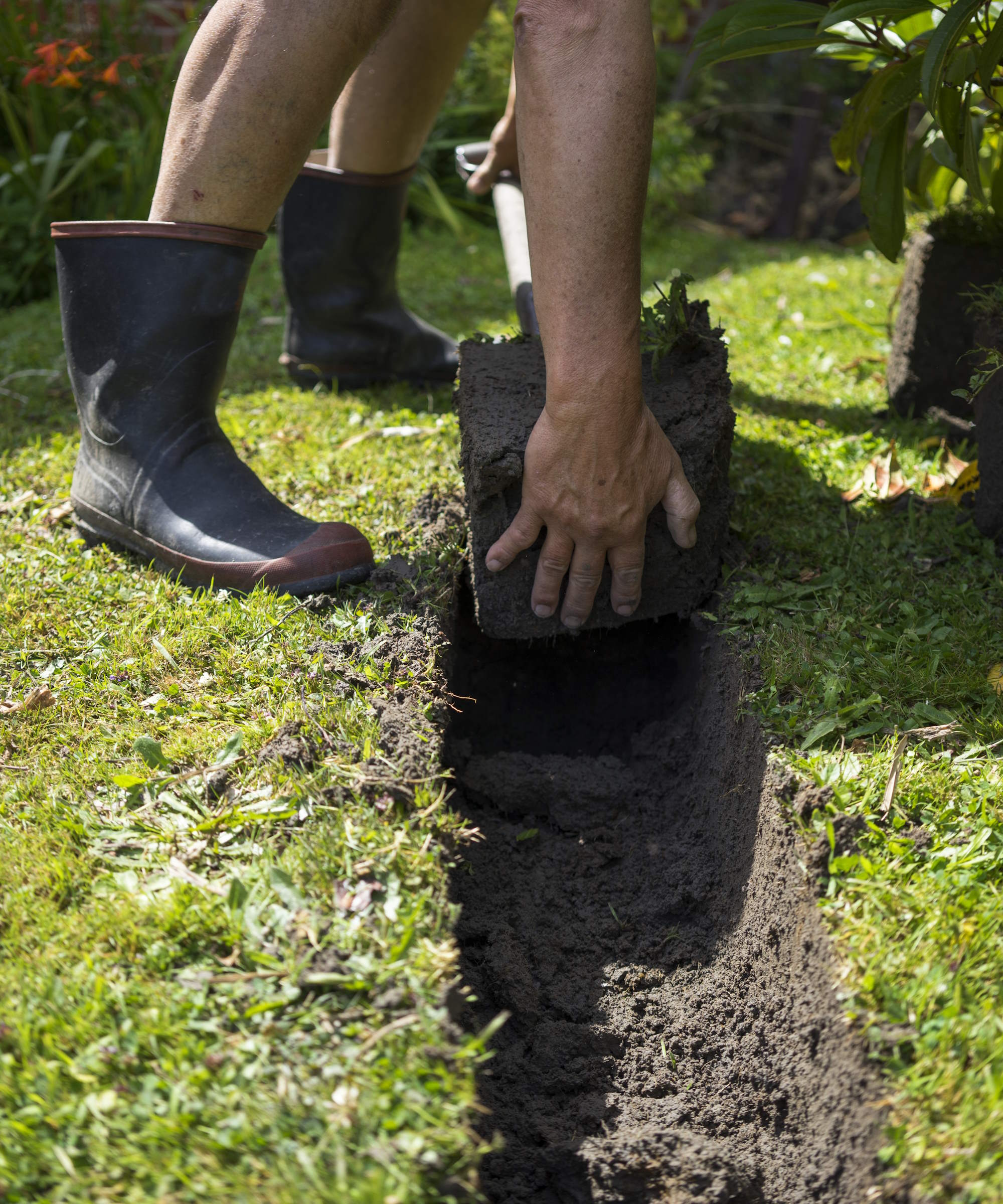
Areas that have sunk a bit deeper, such as by an inch or more, will need a bit more renovation than simply top dressing to top up the area. In these cases, the top turf should be removed in sections using a spade, shovel, or a turf lifter. Slice sections around two inches deep carefully and ensure to keep removing the turf at a consistent depth to make re-levelling easier.
Once the turf is removed from the affected area, fill in underneath with a top dressing mixture and rake it level. You can then either lay the turf back on top or replace it with new turf and tamp the sod. Check the level regularly as you go using a spirit level to get a lovely and even lawn as the result. Keep the newly laid turf moist and also overseed with a sprinkling of fast-growing grass seed to all the gaps between the sections.
A strong and durable tool with a high strength fiberglass handle for lifting sections of turf that are up to nine inches wide
FAQs
Should I level my lawn with sand or topsoil?
A lawn can be levelled with just sand or just topsoil, but it is beneficial to mix the two with some compost to help with drainage and provide nutrients for grass to grow. Sand can be used on its own, however, it would be a mistake to use pure sand on a lawn that is growing on predominantly clay soil - the combination of clay and sand can struggle when it comes to drainage.
Also, sand does tend to dry out quickly, so mixing it with topsoil helps to hold more water and benefit grass growth. A good quality top soil can be used on its own as a top dressing material to level shallow areas.
Does scarifying level the lawn?
Scarification is an important part of any spring lawn care regime. It offers many benefits to a healthy lawn by removing thatch and organic matter that has built up in the grass. Scarifying a lawn is beneficial when done as part of levelling a lawn. As a task on its own, however, it will not level the lawn.
If the level of your lawn has been affected by underground pipes or nearby buildings, then using professionals is recommended rather than trying to fix the problem yourself. Attempting a DIY fix on a major issue like this risks creating further problems that may be very costly to fix.






